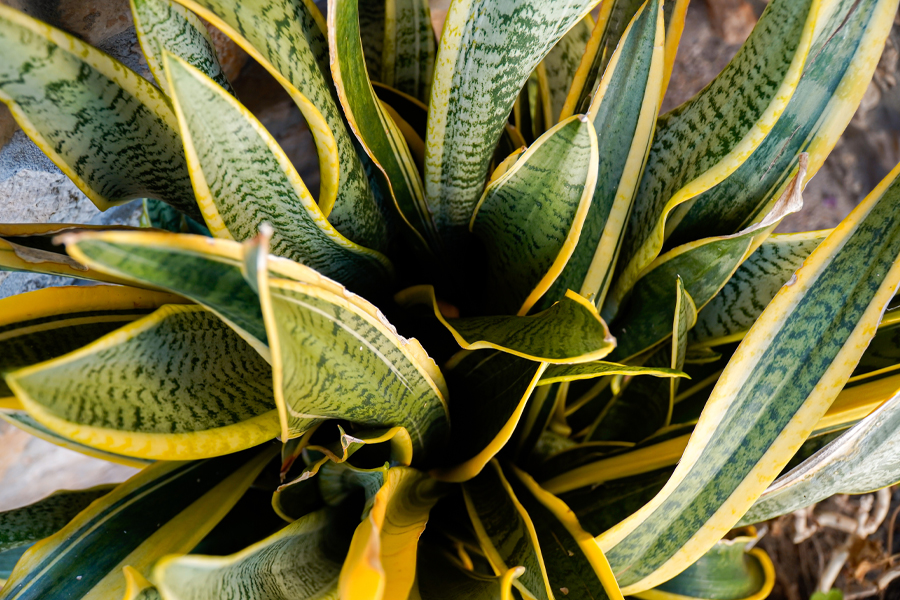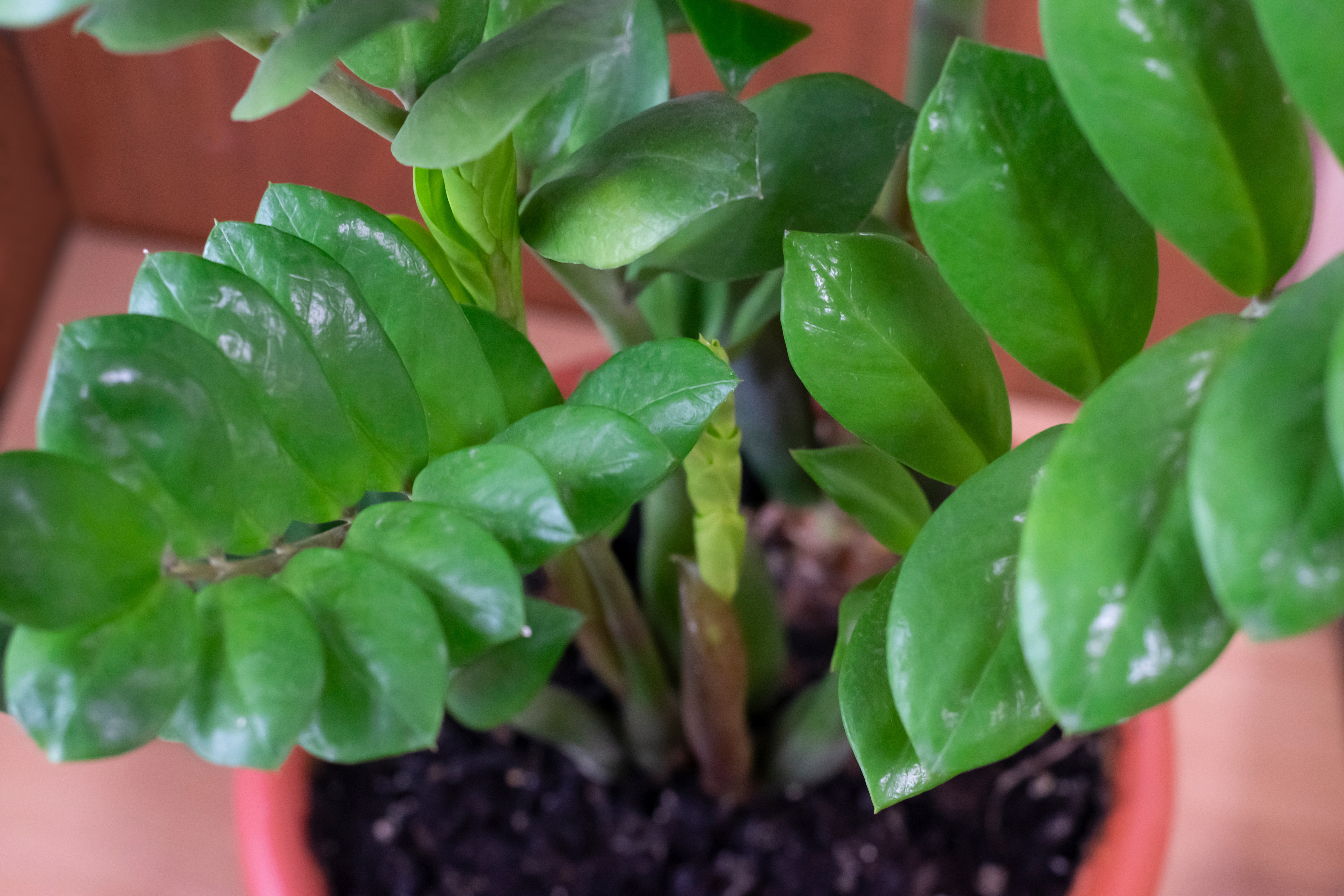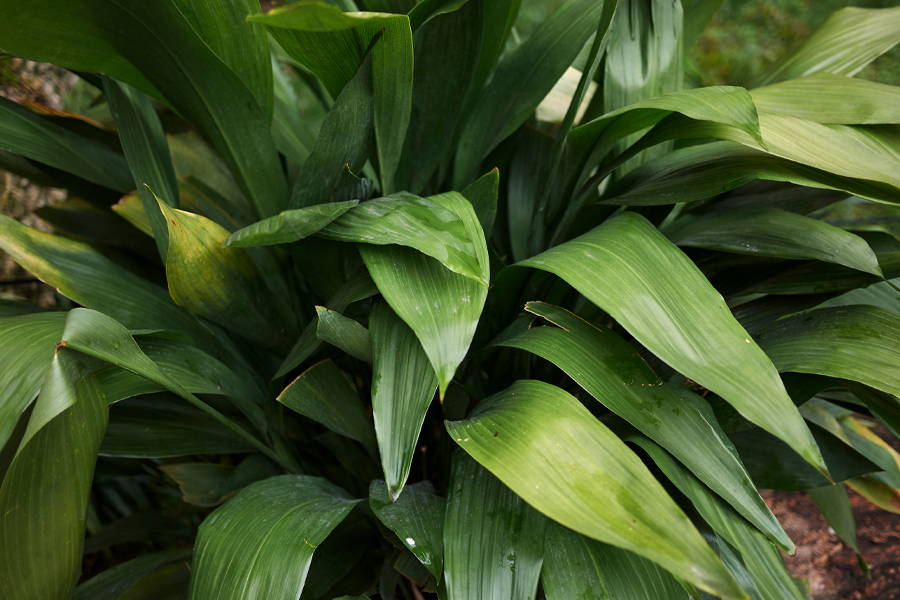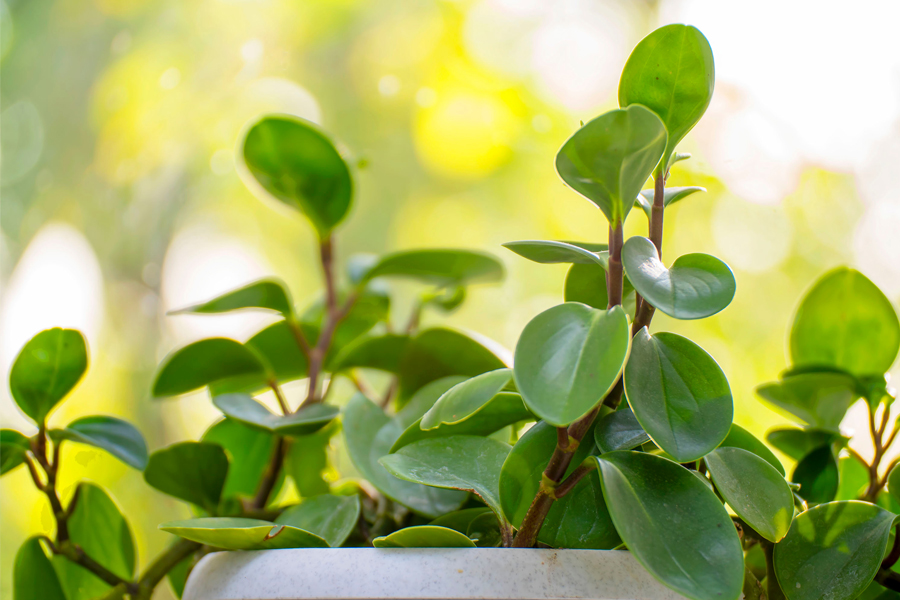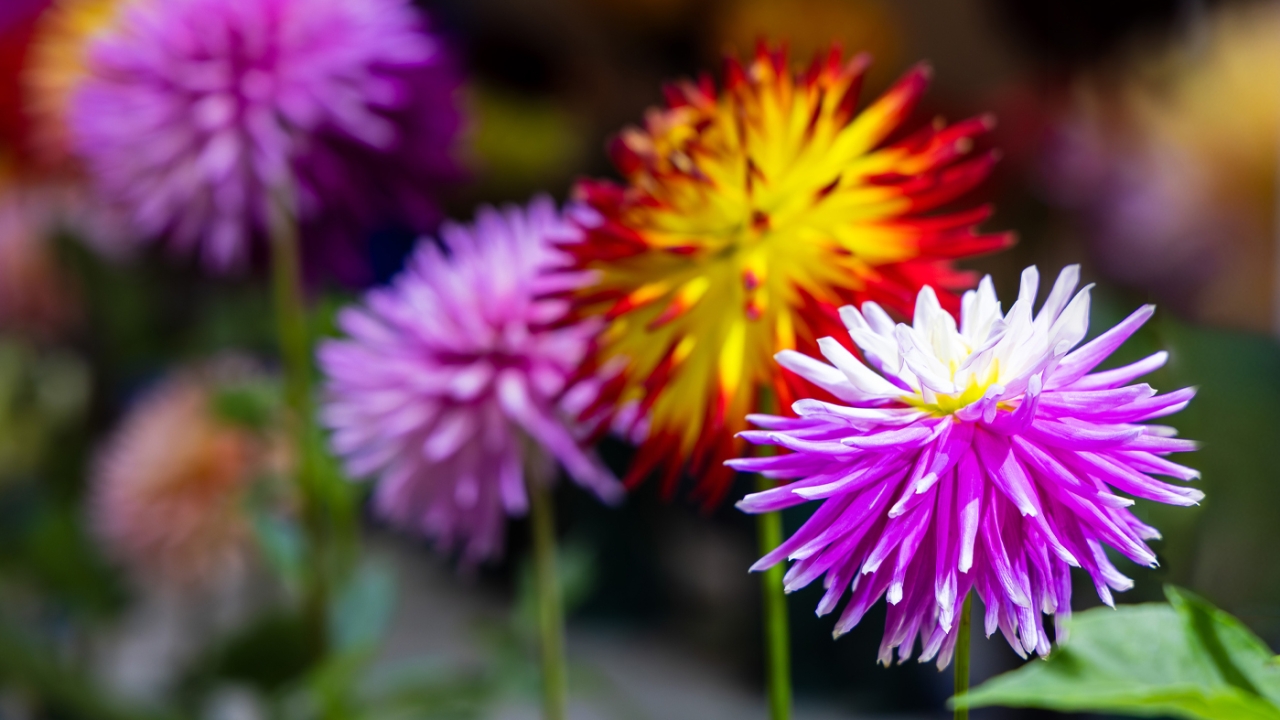

Smart Gardener
Denizens of the Dark: Indoor Plants for Low-Light Spaces
As the year begins our indoor spaces can seem dark—especially on overcast days. Any sunlight that passes through windowpanes now is less intense and of shorter duration than in summer. But that’s no problem for several indoor plants that can spotlight a drab corner with intriguing sword-like foliage or variegated leaves.
I’m talking about some old-fashioned favorites that your grandmother may have grown, but that are currently trendsetting once again. These include cast-iron plant, mother-in-law’s-tongue, and radiator plant. Some of these beauties originated in tropical understories where little light reaches the ground. Although far removed from their original habitats, they can thrive indoors and brighten the sometimes bleak winter months. Here are some workhorses for low-light settings.
Nina Koziol is a garden writer and horticulturist who lives and gardens in Palos Park, Illinois.


